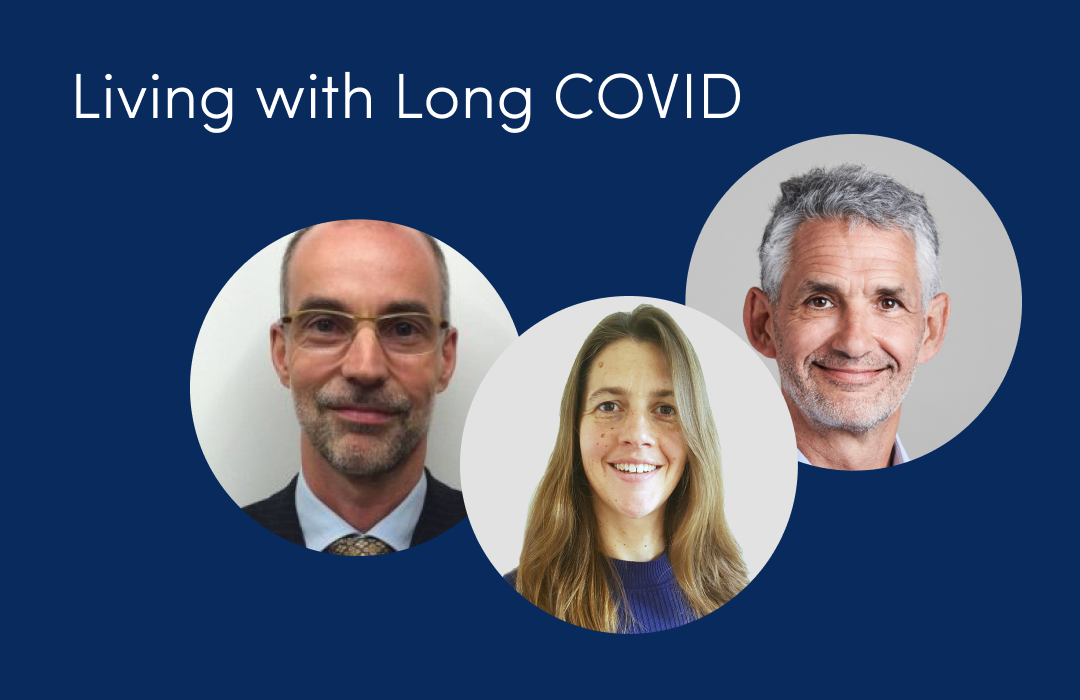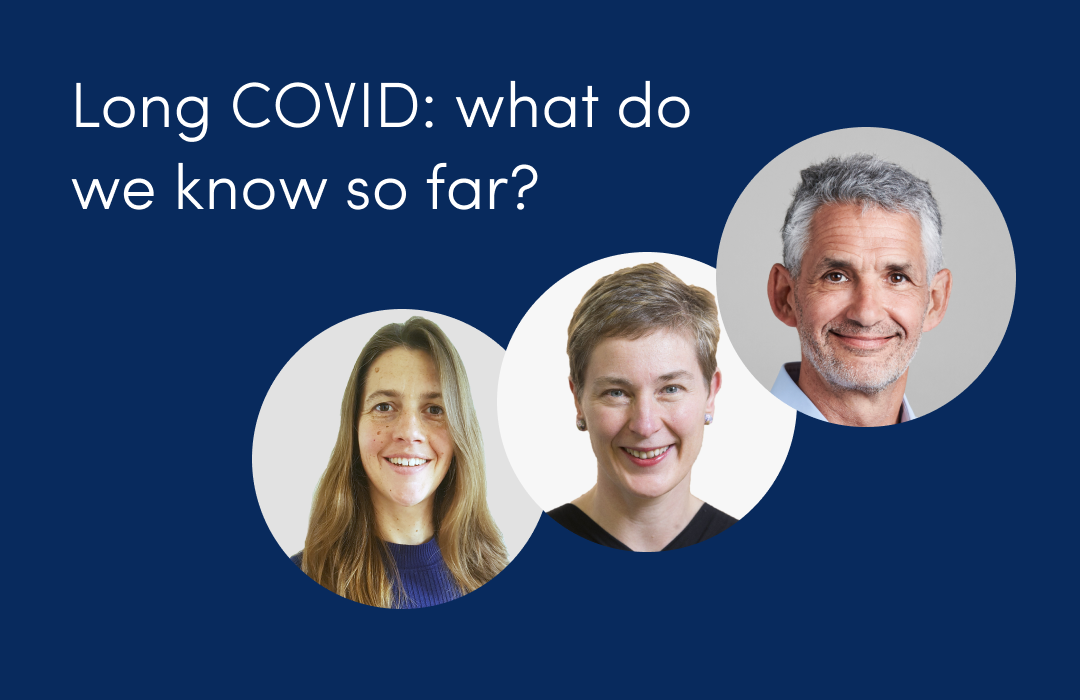
Omicron spread slows but cases hit vulnerable over 75s
January 6, 2022

This article has not been updated recently
According to ZOE COVID Study incidence figures, in total there are currently 208,471 new daily symptomatic cases of COVID in the UK on average, based on PCR and LF test data from up to three days ago [*]. An increase of 8 percentage points from 192,290 reported last week (Graph 1). In the vaccinated population (at least two doses), there are currently 93,540 new daily symptomatic cases in the UK. An increase of 19 percentage points from 78,748 new daily cases reported last week (Graph 2).
The UK R value is estimated to be around 1.1 and regional R values are; England, 1.0, Wales, 1.2, Scotland, 1.1 (Table 1).
In terms of prevalence, on average 1 in 25 people in the UK currently have symptomatic COVID. In the regions, England, 1 in 24. Wales, 1 in 31. Scotland, 1 in 39. In London, 1 in 15 have symptomatic COVID (Table 1).
Cases are rising in all regions apart from London where cases are now falling sharply. (Graph 4).
Cases in the age groups see cases going down in 18-35 year olds. However, cases are still rising in all age groups above 35 and in particular, cases are now rising in the over 75s, and this group is more at risk of hospitalisation (Graph 3).
According to the data, ZOE estimates that 51.3% of people experiencing new cold-like symptoms are likely to have symptomatic COVID-19, an increase of around 3 percentage points from last week. (Graph 5).
The ZOE COVID Study incidence figures (new symptomatic cases) are based on reports from around 840,000 weekly contributors and the proportion of newly symptomatic users who have received positive swab tests. The latest survey figures were based on data from 68,651 recent swab tests done in the two weeks up to 03 January 2022.
Dr Claire Steves, scientist on the ZOE COVID Study app and Reader at King’s College London comments on the latest data:
“It’s good news that the number of daily new cases has slowed for now. ZOE COVID Study data shows that this slow down is being driven by cases falling in London and in younger age groups. However, it’s worrying to see cases increasing in the over 75 age group. This is the group we need to protect as they are the most likely to be hospitalised as a result of a COVID infection. It’s too early to know if cases have truly peaked in London, as schools are yet to reopen after the holidays. We've seen school terms driving infection waves throughout the pandemic. The health and care systems are already under huge pressure, so we all need to take personal responsibility for limiting the spread of COVID. This could be in the form of regular testing, wearing masks, staying away from busy crowded places, meeting up outside and getting booster vaccines.”
Graph 1. The ZOE COVID Study UK incidence figures total number of daily new cases over time.

Graph 2. The ZOE COVID Study UK incidence figures results over time; total number of new cases and new cases in fully vaccinated

Graph 3. Incidence by age group

Graph 4. Prevalence rate by region

Graph 5. Comparison of new onset of cold-like illness and new onset of COVID with respiratory symptoms

Table 1. Incidence (daily new symptomatic cases)[*], R values and prevalence regional breakdown table

Map of UK prevalence figures

NOTES TO EDITORS











.png)


.jpg)














.png)







%202.png)
.png)


















.png)




%20(1).png)


